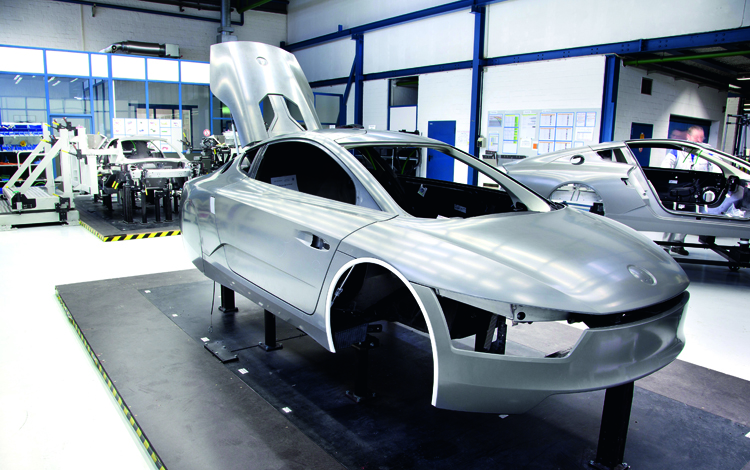Composites are used among a wide array of industries that rely on high-performance materials. For the aerospace, architecture, automotive, energy, infrastructure, marine, military, and sports markets, composites such as carbon fiber reinforced polymers (CFRP) and glass fiber reinforced polymers (GFRP) provide a low-cost, high-performance alternative to other materials. There is also a great deal of composites research and development that takes place in academia and in various market sectors. Composites have become essential building blocks for all types of structures and vehicles – including cars, planes, bridges, buildings, wind turbines, boats, bikes, body armor and more!

In recent years, aircraft engineers have been replacing traditional materials with composites. Composite materials are now a vital part of the construction of drones, commercial aircraft, jets and rockets.

All over the world, architects and designers are increasingly relying on fiberglass and other composites and advanced materials for large-scale projects, as well as commercial and residential buildings.

The automotive industry relies on composites to reduce vehicle weight, improve vehicle performance and lower CO2 emissions. Composites are used for body panels, brake rotors and even wheels.

From high-performance fiberglass in wind turbines to electric vehicles and composite materials recycling, new advancements in composites and biocomposites are redefining the energy industry.

Fiber reinforced polymer (FRP) composites are used in a variety of infrastructure applications to construct, reinforce and repair buildings, bridges, utility poles, roads and railways.

The marine industry is using cutting-edge composite manufacturing techniques, designs and materials to make boats stronger, lighter, cost-effective and more durable and damage-resistant.

Military engineers all over the world use lightweight composites, as opposed to more traditional materials, to improve the strength and durability of armored vehicles, drones, submarines and body armor.

Sports equipment manufacturers rely on composites to improve the performance of their products. Race car-, bike-, and sled-makers all use composites to achieve optimal aerodynamics and durability.

Research and development programs at colleges and universities around the world are collaborating with the composites industry to create life-changing applications and put them into practice.

